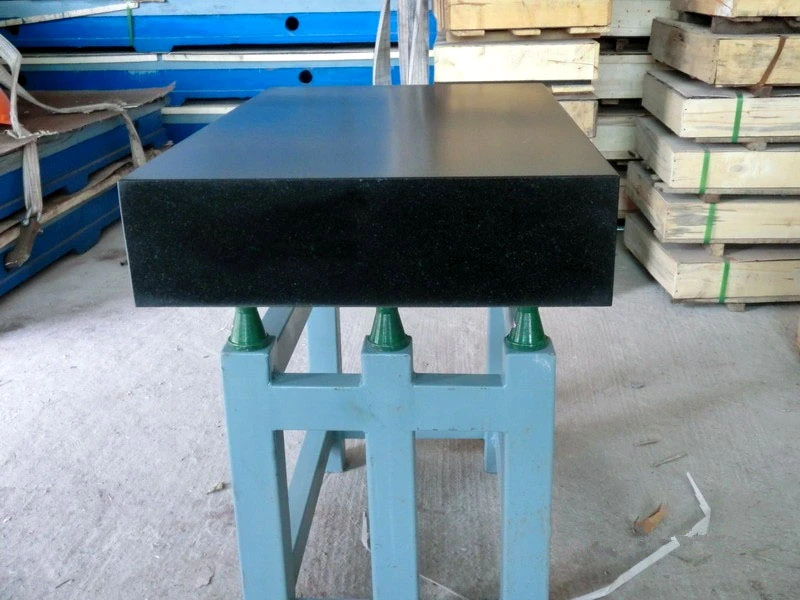Dec . 14, 2024 16:34 Back to list
Precision Tools for Measuring Cylinder Bore Dimensions Accurately and Efficiently
Understanding the Cylinder Bore Gauge An Essential Tool for Precision Engine Measurement
In the world of engine mechanics, precision and accuracy are paramount. Whether you’re a professional mechanic or a dedicated hobbyist, having the right tools at your disposal can significantly influence the quality of your work. Among these tools, the cylinder bore gauge stands out as a critical instrument for measuring the internal diameter of engine cylinders. Understanding how to use this tool effectively can lead to improved performance and longevity of engines.
What is a Cylinder Bore Gauge?
A cylinder bore gauge is a specialized tool designed for measuring the bore size of cylinder engines. The bore refers to the internal diameter of the engine cylinder, which directly impacts the engine's displacement, power, and efficiency. A proper measurement of the bore size is essential when performing tasks such as cylinder reconditioning, honing, or when assessing engine wear over time.
Typically, a cylinder bore gauge consists of a depth gauge and a set of interchangeable probes that can be adjusted to accommodate different cylinder sizes. The most advanced models may also include dial indicators to provide precise readings.
Importance of Accuracy in Measurements
Accurate measurements of the cylinder bore are crucial for several reasons. Over time, engine cylinders may become worn due to friction and thermal cycling. This wear can lead to increased clearances, which in turn can create a loss of compression, reduced efficiency, and increased oil consumption. Thus, employing a cylinder bore gauge to assess the condition of the cylinders allows mechanics to determine whether they need to be honed or replaced.
Additionally, when rebuilding an engine, achieving the correct bore measurements is vital for fitting piston rings and ensuring they create the necessary seal for optimal performance. An incorrect bore size can lead to severe engine problems, including poor combustion and increased emissions.
How to Use a Cylinder Bore Gauge
Using a cylinder bore gauge requires a systematic approach
cylinder bore gauge

1. Preparation Before taking measurements, ensure that the engine is clean and free of debris. Remove any cosset rings and carbon deposits from the cylinder walls.
2. Selecting the right probe Depending on the cylinder size, choose an appropriate probe. The probe should be slightly larger than the maximum expected bore size.
3. Inserting the gauge Insert the cylinder bore gauge into the cylinder. Expand the probe until it makes contact with the cylinder walls. It’s important to do this carefully to avoid scratching the surface.
4. Taking the measurement Once the gauge is properly positioned, you will need to read the dial indicator. Make sure to take measurements at various heights within the cylinder, as wear can be uneven.
5. Recording and analyzing data Gather all measurements and analyze them to determine whether the cylinder is within acceptable limits or if machining procedures are necessary.
Maintenance and Calibration
To ensure long-lasting accuracy, it is essential to maintain and calibrate your cylinder bore gauge regularly. Dirt and oil residues can affect the gauge’s functionality. Proper cleaning and storage will prolong its life and reliability.
Conclusion
The cylinder bore gauge is an indispensable tool for anyone involved in engine building or maintenance. By providing essential measurements of cylinder diameter, it enables mechanics to make informed decisions about maintenance and rebuilds. Mastering the use of this gauge not only enhances the quality of engine repairs but also contributes to the overall performance and durability of the engine. Therefore, investing time to understand and appropriately implement this tool is well worth the effort for both amateurs and professionals in the automotive field.
-
Y Type Strainer Maintains System Efficiency Long TermNewsJul.15,2025
-
Valve Selection Guide for Industrial ApplicationsNewsJul.15,2025
-
Steel Fab Table Provides Durable Work Surface for WeldingNewsJul.15,2025
-
Pad Iron Provides Stable Support for Heavy MachineryNewsJul.15,2025
-
One Inch Check Valve Fits Standard Plumbing SystemsNewsJul.15,2025
-
Measuring Micrometer Ensures Precise Dimensional AccuracyNewsJul.15,2025
Related PRODUCTS









